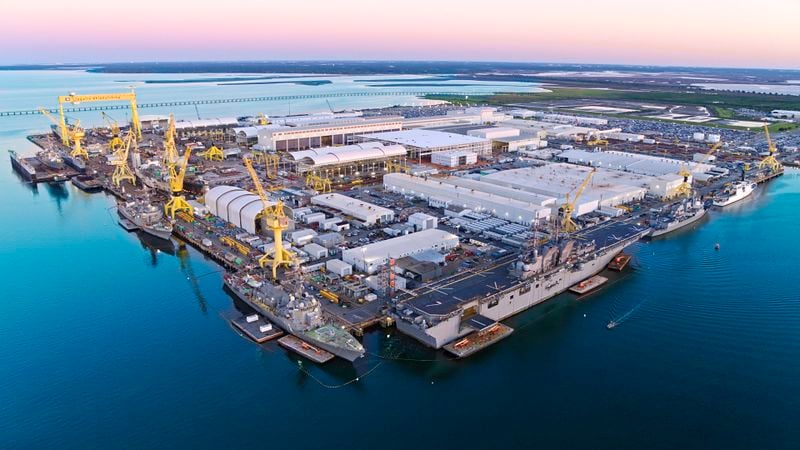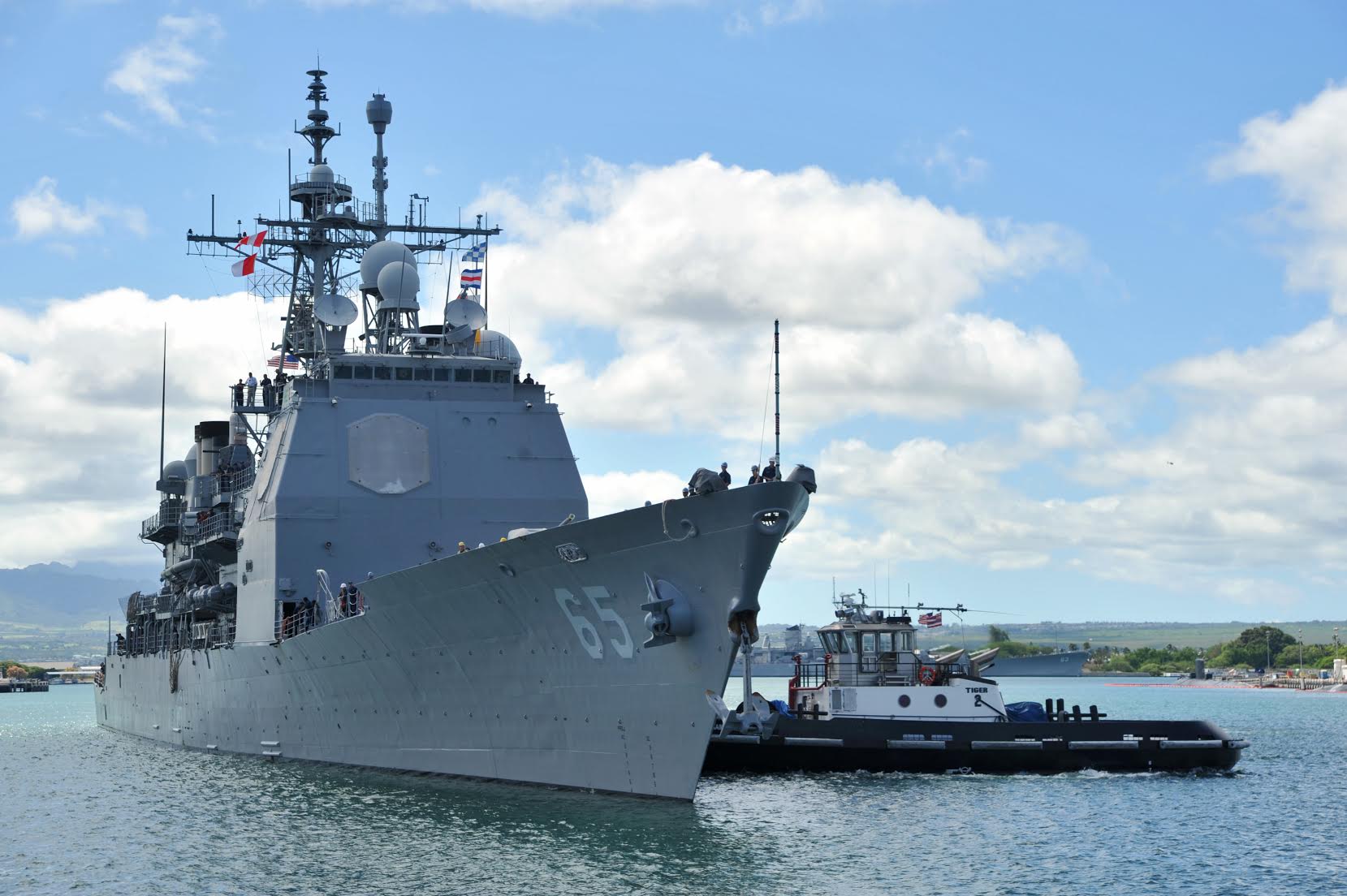
A second destroyer and funding for the Navy’s emerging tactical grid are on top of the Navy’s unfunded wish list to Congress, according to a copy of the report reviewed by USNI News on Tuesday.
Following Friday’s rollout of a modest $22.6 billion, eight ship shipbuilding plan that set aside funds for a single Arleigh Burke destroyer, the Navy wants an additional $1.66 billion for a second DDG.
“Funding a second ship in FY22 supports completing a multi-ship buy in the last year of the current [multi-year procurement] contract,” reads an explanation for the add in the unclassified report.
On Friday, Navy budget director Rear Adm. John Gumbleton told USNI News that buying a single destroyer “was absolutely an affordability question, where the goal of the department was to balance the first priority, which was investment in Columbia [ballistic missile submarine] recapitalization.”
By forgoing the second destroyer, the Navy would incur a $33 million penalty for not meeting the stipulations of the contract it entered into with shipbuilders Huntington Ingalls Industries and General Dynamics in 2018, Gumbleton told USNI News.
Second on the priority list is the Navy’s contribution to the Air Force-led Joint All Domain Command and Control (JADC2) for $53.9 million – the Navy Tactical Grid.
The request “funds the development, testing and fielding of the existing Automated Digital Networking System (ADNS) baseline, Cooperative Engagement Capability (CEC) as a Service (CaaS), CEC Signal Data Processor (SDP) Procurement, and Multi-functional Information Distribution System (MIDS) terminals,” reads the justification in the unfunded list.
Further down the priority list are $87 million for communications and navigation equipment for the combat logistics fleet, in addition to $108.9 million for spares for the AN/SPY-3 dual-band radars aboard the carrier USS Gerald Ford (CVN-78) and the trio of Zumwalt-class guided-missile destroyers.
The eight and ninth priorities on the request direct money toward maintenance.
The service wants $222.2 million for the “repair of 86 airframes and 489 engines and engine modules for E-2, E-6B, F/A-18E/F/G, MH-60R/S, and P-8A aircraft. Increased funding is required due to increased mission capable rates across all Type/Model/Series.”
The Navy also wants $207 million for “ship maintenance scheduled for the first quarter of FY23, in FY22, to improve the on-time start and completion of private shipyard availabilities. [This] [a]llows the Fleet to improve maintenance schedules and award maintenance contracts for ship repair 120 days prior to the start of the availability and enables the private shipyard industrial base to order long-lead parts, conduct planning, predict workforce requirements and be better prepared to start work on time.”
In aviation, number 13 on the list is $535 million for five additional F-35C Lighting II Joint Strike Fighters that would bring the total up to 20 for the Fiscal Year 2022 request.
The Navy is also asking Congress for $191 million for an additional E2-D Advanced Hawkeye airborne early warning aircraft and $334.4 million for four more of the new carrier onboard delivery CMV-22B Osprey tiltrotor aircraft.
“Current programmed procurement results in 44 aircraft. Four additional aircraft enable USN to achieve the warfighting requirement of 48 aircraft based on expected CMV-22 mission capable rates before the production line shuts down and supports the modernization of the Navy’s carrier air logistics fleet as the USN transitions from legacy C-2A to CMV-22B. [This is] [e]ssential to the resupply of air wing of the future and logistical support of distributed maritime operations,” reads the request.
The Navy is also asking for $305.8 million to start replacing the Navy’s legacy C-130T with the updated C-130J.
“The C-130 Hercules is the Navy’s only organic intra-theater aerial logistics platform capable of providing oversized cargo capability (including all modules of the F-35 engine) to support forward deployed Naval Forces in Resupply, Rearm, Refuel, and Reconstitute. [This] [s]upports Carrier Strike Group and Expeditionary Strike Group warfighting supply requirement, in addition to serving as a critical aerial logistics connector from the Aerial Port of Debarkation (APOD) to carrier onboard delivery/vertical onboard delivery (COD/VOD) detachments,” reads the report.

Additionally, the Navy is asking for $72.2 million to handle unexpected work in the modernizations of Ticonderoga-class cruisers USS Cowpens (CG-63), USS Gettysburg (CG-64), USS Chosin (CG-65), USS Vicksburg (CG-69) and USS Cape St. George (CG-71).
“Funding is needed to provide unanticipated system restoration efforts, test teams, warfare center support and Advanced Individual Training (AIT) services for Hull, Mechanical & Electrical (HM&E)/Combat Systems/Command, Control, Communications, Computers and Intelligence (C4I) installations resulting from newly discovered growth work and overall program execution delays realized since PB22 was delivered to Office of Management and Budget (OMB),” according to request.
Last year, the Navy submitted a $5.4 billion wish list, with a second Virginia-class attack boat topping the request. Congress added the boat to the final Fiscal Year 2021 spending bill.





